Observation: Bicellonycha wickershamorum
Primary Observer:
Anna Walker
Event Date:
2023-06-10
Status:
Verified
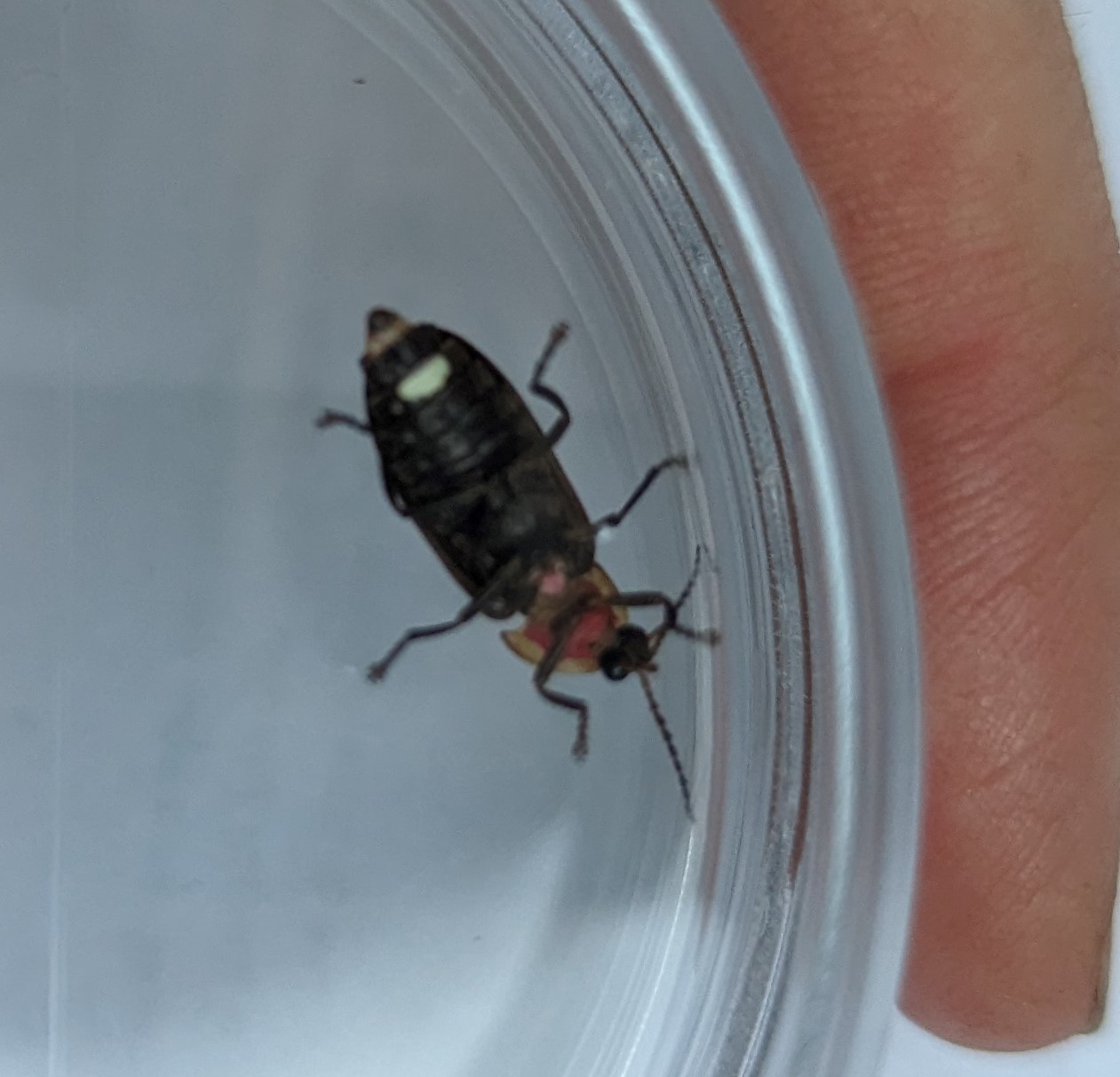
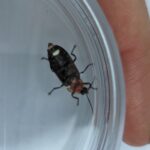
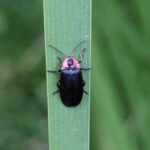
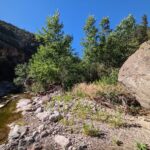
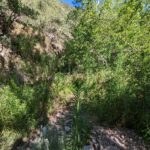
Survey
Site Name:
Turkey Creek Hot Spring
Province/State:
New Mexico
Event Date:
2023-06-10
Time of Day:
Night-Time
Start Time:
20:19
End Time:
21:42
Number of Observers:
2
Primary Observer:
Anna Walker
Additional Observers:
John Gorey
Target Species Genus:
Bicellonycha
Target Species Species:
wickershamorum piceum
Location and Habitat
Location Accuracy (meters):
0-25
Habitat Type:
Open Freshwater Wetland - Wetland Bog, fen, freshwater marsh
Habitat Type Notes:
Microhabitat where fireflies were seen is very specific wetland created adjacent to desert canyon stream, about 10 m downstream of a hot spring. At the time of the observation, stream did not seem to be flowing into wetland, so it is likely spring fed, and the bank is shaped in a way that gathers spring water. There was a large pool that was mostly still, and a few marshy areas where cattails and other wetland plants where coming up. The whole area is enclosed in a thicket of willows. There were no other wetland habitats like this (with cattails) seen as we hiked up Turkey Creek from the Gila River, so it is likely firefly activity is restricted to small areas like this. Surrounding canyon in oak, juniper, pinon woodland. Other vegetation along the stream includes alders, small cottonwoods, and sycamores. The monsoon rains brought high waters to the area last summer, but fireflies do not seem to have been disturbed. They were seen at this location last year (2022) on May 30th and the sighting was reported to Western Firefly Project.
Elevation (meters):
1566
Area Searched (hectares):
0.02
Artificial Light Sources
Vehicles: No
Street Lights: No
Buildings: No
Street Lights: No
Buildings: No
Artificial Light Types
Sky Glow (diffuse illumination in the sky): No
Light Trespass (light cast on surfaces beyond its intended target): No
Glare (bright light causing visual discomfort): No
Light Trespass (light cast on surfaces beyond its intended target): No
Glare (bright light causing visual discomfort): No
Artificial Light Notes:
Very remote canyon in a large wilderness area, so light pollution was absent.
Observation
Observation Type:
Flashing
Number Observed:
50+
Genus:
Bicellonycha
Species:
wickershamorum
Observation Notes:
Half an hour before dark and at least 10 minutes before sunset, females started appearing on the vegetation. Males started flashing from the vegetation around sunset. At this time, the flashes appeared yellow, but as it got darker, the flashes continued to appear more green. Males started flying after it got darker. There were likely a couple hundred flashing in a very concentrated area.
Specimen Voucher Number:
Flash Behavior
First Flash Time:
20:30
Last Flash Time:
21:42
First Flash Temp (F):
73
Last Flash Temp (F):
69
Flashes in Pattern:
1
Flash Color:
Green
Flash Pattern Period:
2
Flash Duration:
1
Flash Interval:
1
Male Height Zone:
Low (0-3 ft), Moderate (3-8 ft)
Flash Location:
Flashes are mostly concentrated in wetland microhabitat adjacent to stream. There are flashes in the vegetation, as well as given off while males are flying.
Male Flash Behavior:
Started flashing in vegetation before starting to fly. Some males continued flashing from vegetation throughout the night. They seemed to fall slightly while they flashed. They do not move very far or very fast, though generally move horizontally. The wetland habitat is quite enclosed, and the stayed within the shrub canopy, so they never flew very high. They also stay semi-lit during the interval between flashes, which makes it easy to follow their trajectory.
Female Flash Behavior:
Single flash at short interval. Females were found on vegetation upon arrival to the microhabitat at 8:19 PM, about ten minutes before the males started flashing.
1 thought on “Observation: Bicellonycha wickershamorum”
Leave a Comment
You must be logged in to post a comment.




Great find, Anna!!